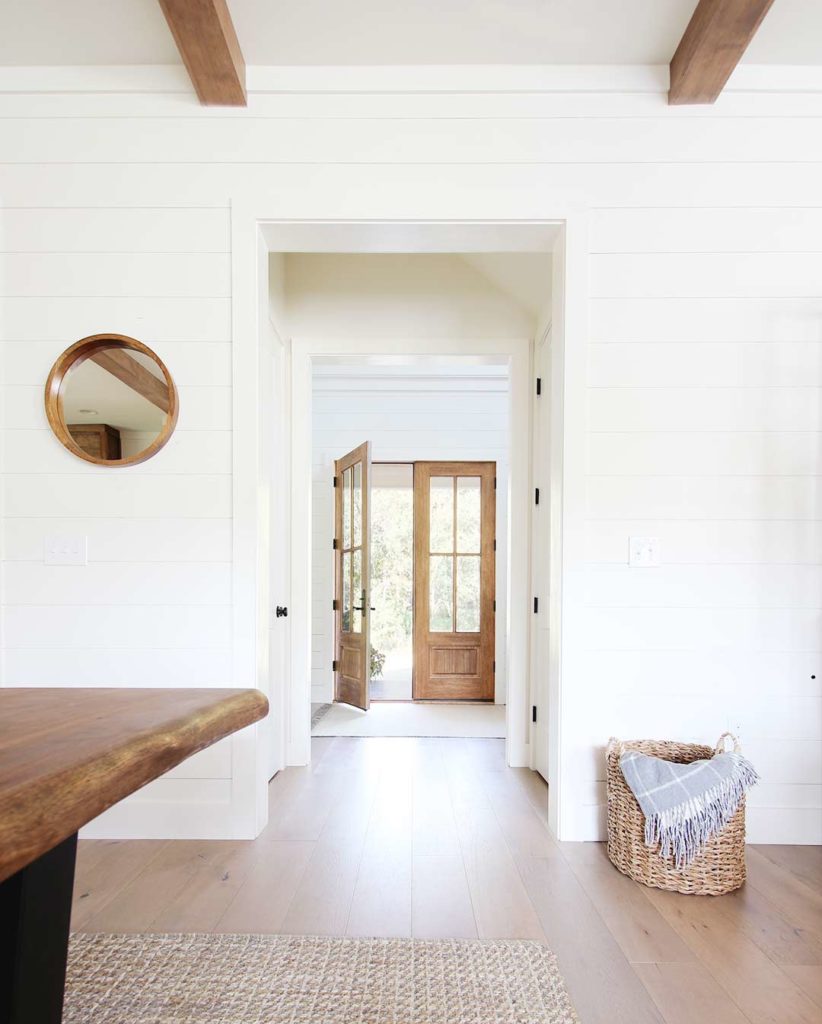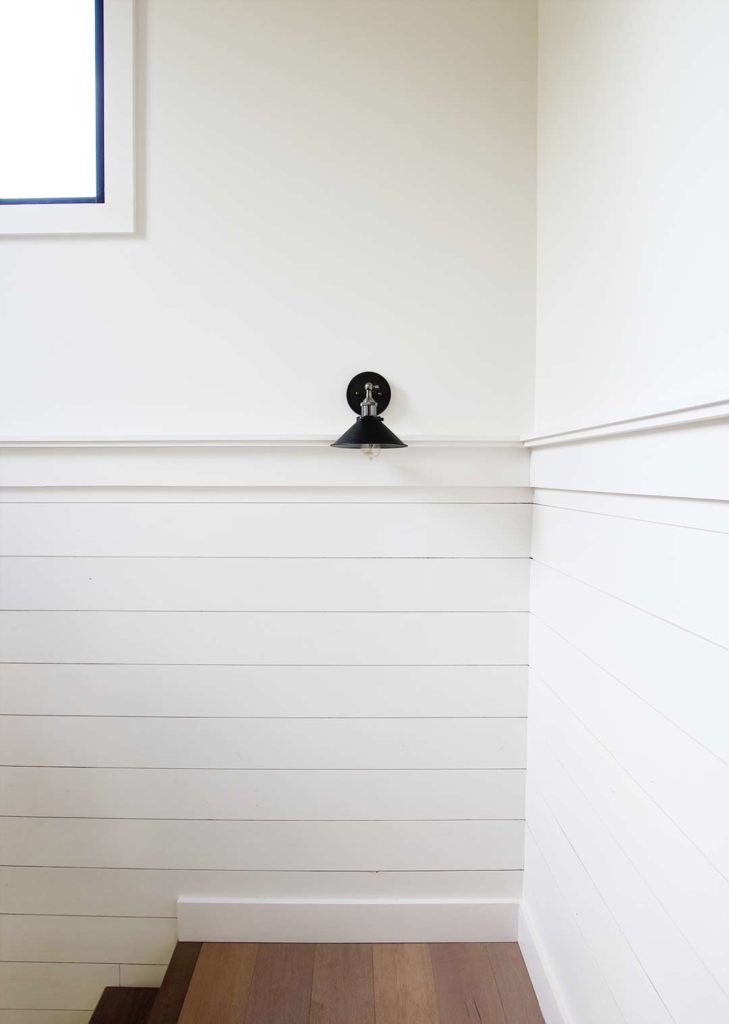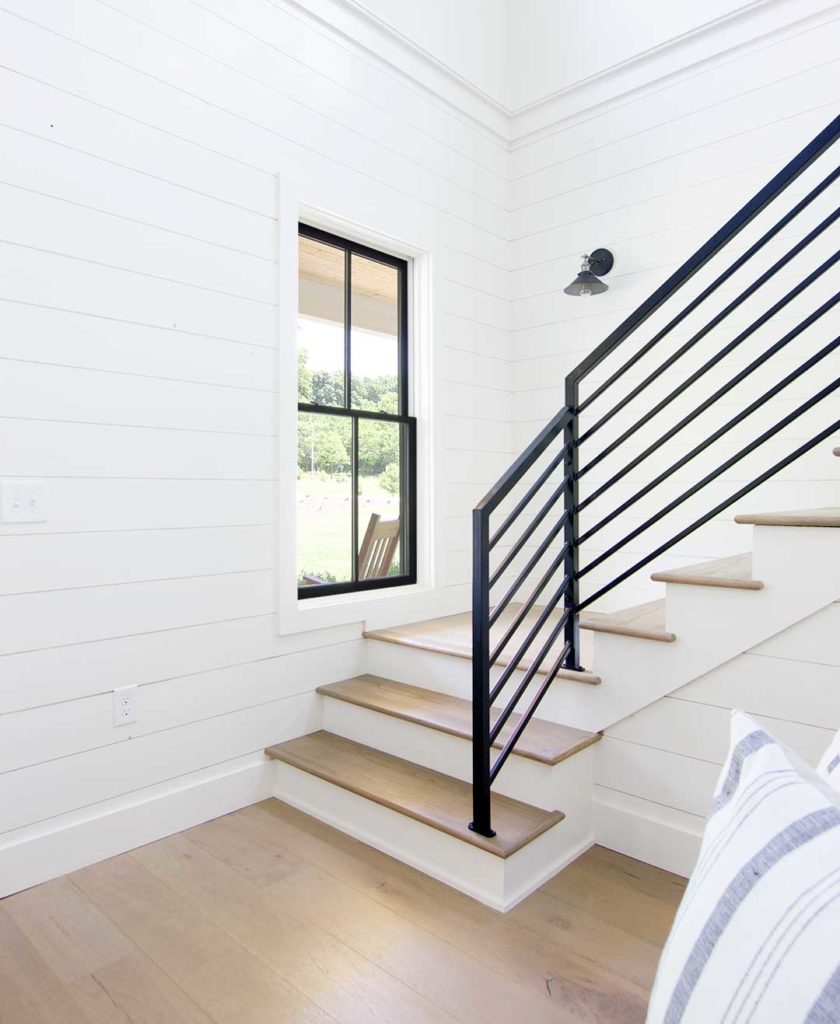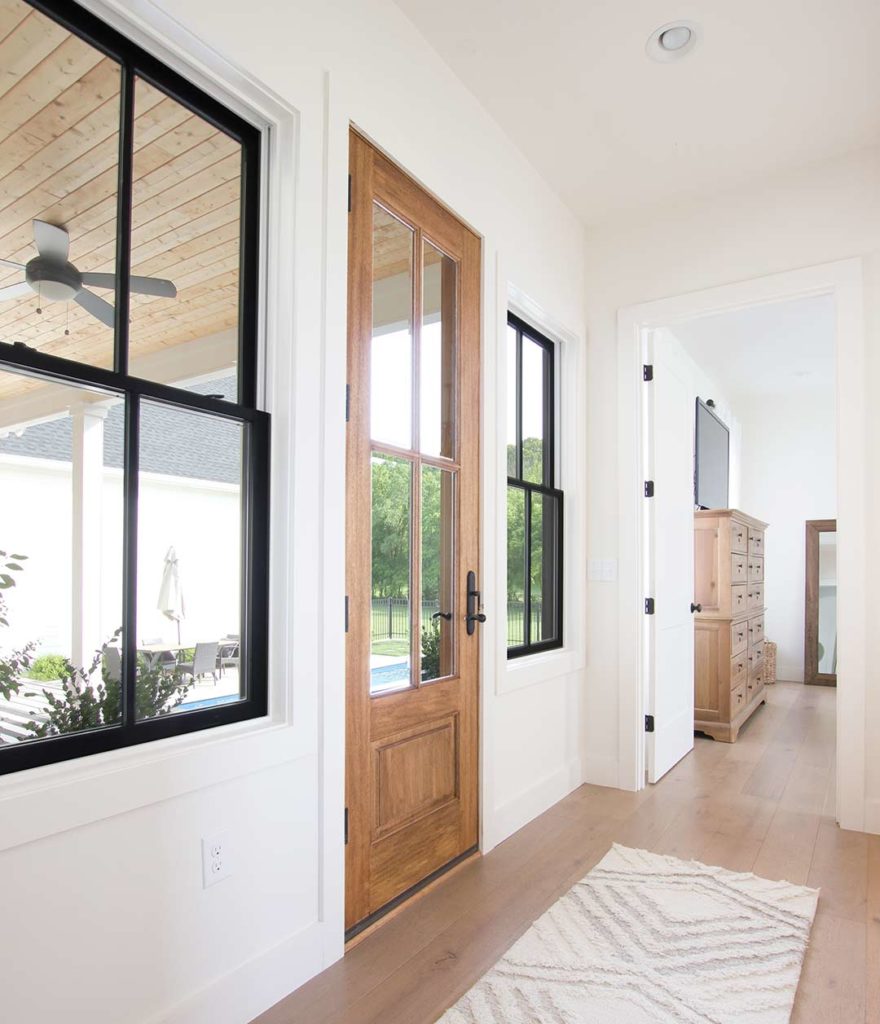Blog
How to Choose the Right Interior Moldings for Your Home
As we’ve built and remodeled several homes, we have learned that trim and moldings play such a big role in completing the look of an interior.
This is a very exciting part of building a house because at this point your vision is starting to come to life by seeing a more completed look. This phase can also be very overwhelming. There are so many choices and options for trimming the interior of a home. Here are a few things to consider when choosing the right molding for your home. Hopefully, this will help make this process a little easier.

Where to Use Moldings
Moldings and trim can be used in various places throughout your home. The most common places would be floors, doors, windows, and ceilings. Both floor and ceiling are great places to use trim to soften the transitions from one area to another. This type of trim also is used to cover up any imperfections or gaps between the walls, floors, and ceilings. This created a more seamless look. Using it around windows and doors adds a decorative touch and dimension.

There are also other places to use moldings and trim such as decorative walls and ceilings. This type of addition can add style and character to any room. This always creates more of a custom look and feel.
Types of Molding Material
After choosing where you want your moldings throughout the home, you will then need to decide on what material to go with. The most common types are MDF, finger jointed, softwood, and hardwood. Lots of factors can help you decide which material to go with, such as cost and whether or not you plan on painting or staining the moldings.

We have always used pine finger jointed. Our reasoning is because it is moderately priced and we normally paint our trim. It also comes in smaller lengths which eliminates waste. If you are planning on staining, I would recommend hard or softwood.
I personally do not like MDF because it is hard to repair if it gets dinged or dented.
Molding Syles
Most companies characterize moldings into different styles. For example, a few of the most popular would be modern, craftsman, and traditional.
Modern style moldings will have little to no profile. They are usually flat boards. Craftsman style isn’t much different. It’s mostly all flat, with usually some layering of smaller pieces.
Traditional style moldings have more of a decorative profile. You’ll typically find this type of molding in the majority of homes.
So How Do You Choose the Right Moldings for Your Home?
In my opinion, when it comes to style, it really comes down to personal preference, and it’s totally ok to mix and match. For example, our current house is a modern farmhouse. So we incorporated modern elements, such as our trim and moldings.
We wanted to keep the lines as clean as possible, so we went with flat 1x trim everywhere. We used a 1×6 for our baseboards and 1×4 around our doors and windows.
For our new home, we still plan on keeping things super clean with a modern edge, but we will be adding a little elegance. So we will be choosing a trim that has a profile, but nothing too decorative.

What About Sizes?
Again, anything can go based on personal preference, but there are some general rules. If you have higher ceilings, you generally want to use a taller baseboard, and if you are doing crown molding, it should be the same height as your base.
Personally, I prefer taller baseboards and wider casings around doors and windows. I don’t like to go less than 5 1/2 inches on base and 3 1/3 on doors and windows.
In our new house, we have some pretty tall ceilings, so we will probably be going with a 7-inch baseboard.